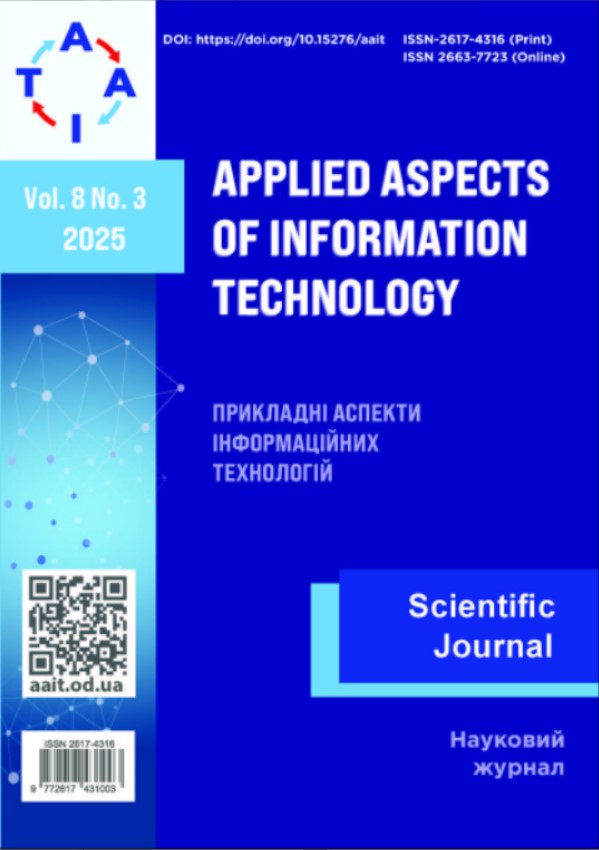Method for automated control of rotor engine blade synchronization
Main Article Content
Abstract
This study addresses the critical issue of synchronization accuracy in rotary-blade internal combustion engines, which directly influences their efficiency and operational reliability. Traditional mechanical synchronization methods suffer from significant drawbacks, including rapid wear, high maintenance costs, and limited modernization potential. To overcome these limitations, we propose an innovative electrical synchronization approach based on adaptive torque control of electric machines. The developed algorithm dynamically adjusts torque in real time according to the displacement of the bisector of the angle between the blades forming the combustion chamber, ensuring precise synchronization during each engine cycle.
A mathematical model was formulated to describe the relationship between torque, bisector displacement, and engine dynamics. This model was implemented in a custom simulation environment developed in JavaScript with interactive visualization tools. Computer simulations were conducted under various operating conditions to evaluate the algorithm’s performance. Results demonstrate a substantial reduction in bisector displacement - from several degrees to thousandths of a degree and stabilization of cycle duration after only a few iterations. These findings confirm the algorithm’s ability to maintain synchronization accuracy and improve engine stability. The proposed approach offers practical benefits for the design of advanced rotary-blade internal combustion engines, reducing mechanical wear and enhancing energy efficiency. Future research will focus on optimizing the correction factor, adapting the algorithm for engines operating under variable loads and temperatures, and integrating PID-based control strategies for improved responsiveness.



